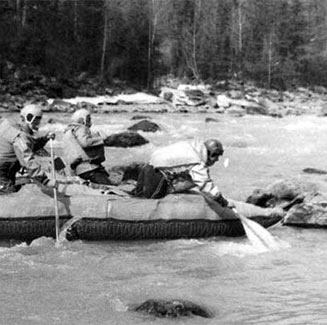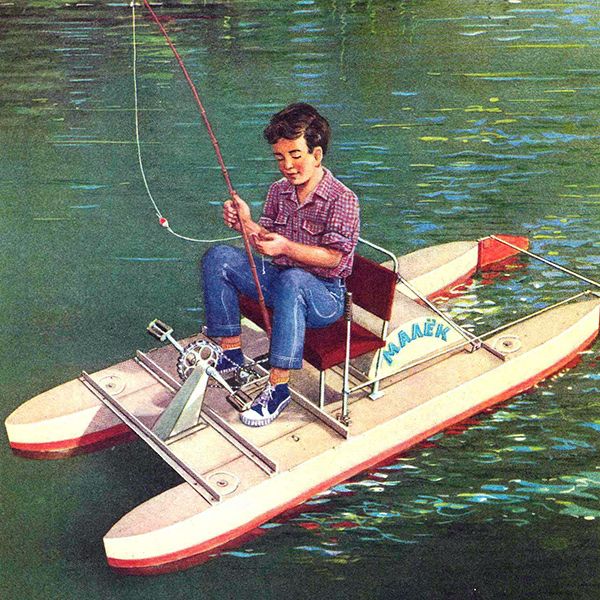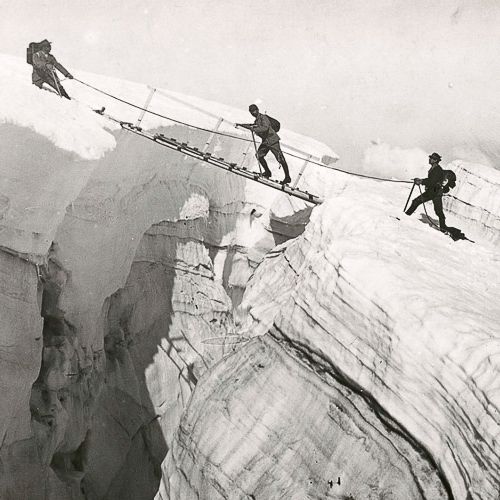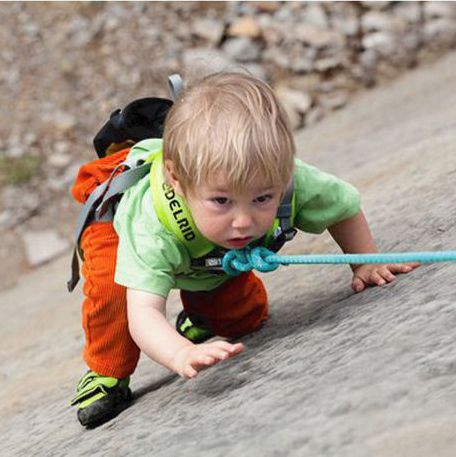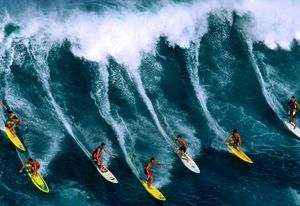 The Philosophy of Surfing
The Philosophy of Surfing
Surfing is a beautiful, dynamic sport that is gaining more and more popularity.
What benefits does it offer?
What is the life philosophy of the wave conquerors?
Why does surfing attract more and more followers so strongly?
An Active Lifestyle
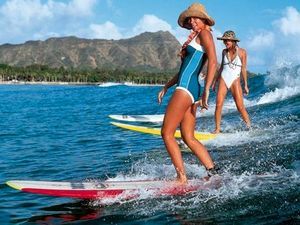 Healthy Lifestyle in Surfing
Healthy Lifestyle in Surfing
In a world filled with smart machines, people are becoming increasingly detached from physical activity.
Most people spend their days sitting: at work, in transportation, or at home. Even on vacation, many opt for dull lounging in a hammock or on the beach.
By engaging in surfing, you are constantly in motion. All muscles are activated, and the energy expenditure is so significant that, if you’re not accustomed to it, you will feel fatigued and sleepy after a session. This is an indicator of being out of shape.
Upon returning home from a surf camp, the contrast between an active and passive lifestyle becomes starkly apparent.
But the emotional uplift and the boost in life vitality often inspire people to continue exercising.
A strong desire to stay active and maintain excellent physical form naturally develops.
Most participants of surf trips drastically change their lifestyle to incorporate more physical activity after their trips.
Great Physical Shape
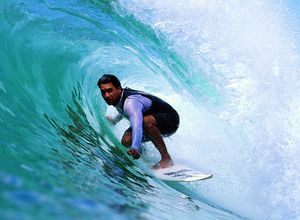 Physical Fitness in Surfing
Physical Fitness in Surfing
The better your physical condition, the lower the risk of injury, the more waves you can ride, and the greater the joy of gliding on water. Surfing encourages engaging in active water exercises.
Rather than merely splashing around in a pool, it’s far better to learn how to swim correctly under the supervision of a trainer, or to dive while holding your breath.
These skills sometimes become life-saving for a surfer. Even more valuable is swimming in open ocean conditions.
At the heart of surfing is a set of complex, coordinated movements.
Any exercises that improve coordination or balance will aid in mastering the surfboard. The best riders have outstanding flexibility and range of motion. Eastern martial arts, yoga, and gymnastics contribute significantly to this.
Cardio training, like running or cycling, improves endurance. Rapid progress in surfing is often seen in individuals who swim seriously, dance, practice acrobatics, trampoline jumping, or Pilates.
Surfers naturally change their diet as well. Intense physical exertion prompts the body to cleanse itself and reject artificial ingredients.
Instead of products with flavor enhancers and colorings, people begin to choose healthier foods, drink pure water, and consume natural juices.
During a surf trip, surfers typically lose 3–10 kg, all while eating without restriction. A fit, toned body delivers unmatched feelings of lightness, confidence, and pride.
Rest and Recovery
 Rest in Surfing
Rest in Surfing
Surfing instills a serious attitude toward rest and recovery.
Lethargy and fatigue in the ocean are unacceptable. Energy-intensive activities must be managed responsibly, avoiding overtraining.
A habit develops to listen to your body, periodically restore strength with massages, warm-ups, walks, and light swimming.
Rest periods with full relaxation and sleep are critical. Rest and recovery days are not signs of weakness but are preventative measures against burnout and stress.
Late-night partying is an enemy of recovery. The good habit of waking up at dawn to surf in ideal conditions aligns perfectly with human biological rhythms.
The best scenario is when you don’t need an alarm clock, wake up naturally after sufficient sleep, and start the day energized and full of strength.
A Sport for Intellectuals
 Intellect in Surfing
Intellect in Surfing
This extreme sport demands the ability to “read” the ocean, along with knowledge of weather patterns, equipment, and local natural conditions.
Forecasting reduces anxiety and boosts confidence.
The water element does not forgive mistakes.
Between sessions, surfers sitting on the beach watch their companions and learn from their skills.
By understanding the processes occurring in the ocean, a person stops fearing the water’s power.
Overcoming Fear
 Fear in Surfing
Fear in Surfing
Being distanced from nature evokes unreasonable fears in rivers, forests, or any natural phenomenon we encounter.
Every newcomer to surfing is familiar with the paralyzing feeling of fear. If left unchecked, fear can escalate into panic, which is dangerous because it means you may lose control of yourself. Experienced surfers say that fear is a natural reaction to danger and a key motivator for survival, but this feeling must be controlled, just like any other.
The conqueror of giant waves in the ocean , Laird Hamilton, suggests not avoiding your fears but meeting them head-on.
Afraid of sharks? Learn everything about them and face one in the water.
Experienced riders are people who have overcome fear. Catapults and splits in the air, losing the board, hitting shallow water, being flipped and staying underwater for long periods—all of these experiences make you stronger in spirit.
For surfing, a balance is needed between physical health and psychological readiness.
Stress and Risk
 Risk in surfing
Risk in surfing
Surfing is an excellent remedy for stress and depression.
The belief that extreme sports are associated with nervous tension and therefore harmful is incorrect. Surfing helps develop adaptation to nerve loads, mobilizing the body.
When a rider finds themselves in an extreme situation again, they perceive it as routine. The stress resistance developed in surfing helps maintain calmness and composure in everyday life.
The daily dose of adrenaline received in the ocean drives away boredom.
Athletes make instant decisions in conditions with multiple changing factors: the wind (try withstanding the British winds!), the wave, the movement of the board, and their own body.
Hawaiian surfer Woody Brown admitted that he loved getting as close to death as possible and then escaping. That was his thrill in life.
Extreme sports are about risk in a state of uncertainty, freedom of choice, and no guarantee of result. Mastery and precise calculation determine everything here. The higher the risk, the more valuable the victory becomes.
Positive Emotions
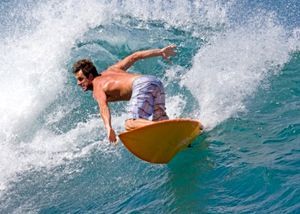 Emotions in surfing
Emotions in surfing
Hawaiian Jerry Lopez noted that surfing can instantly lift your mood. The reason could be one beautiful wave or a simple maneuver.
The famous athlete compared a wave to music and a good board to a favorite dance partner.
Gliding across the water surface evokes a storm of positive emotions: inspiration, a sense of freedom and flight, and the feeling of defying gravity.
It’s not just pleasure; according to riders, there is a spiritual component that sets it apart from other engaging activities. This uniqueness of surfing keeps calling you back to the water.
A Reason to Travel
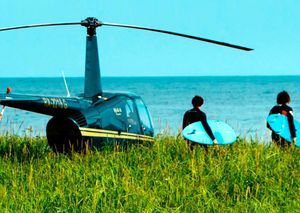 Surfing travels
Surfing travels
In search of interesting waves, extreme sports enthusiasts travel the world, discovering new places like
Biarritz
.
Stunning landscapes, tangible evidence of history, and age-old traditions become an integral part of travelers’ lives and vivid memories.
But the strongest impressions come from beautiful, brave, strong, and harmonious people who share similar values.
A wonderful atmosphere of youth, competitiveness, and mutual support prevails in surf clubs and on the coasts.
It’s a world of active people thirsty for experiences and ready to change themselves. New connections between surfers often blossom into loyal friendships.
By exploring the world and meeting new people, the traveler gains a deeper understanding of themselves.
Don’t deny yourself the pleasure of visiting Albufeira or Baleal .
How Surfing Shapes Character
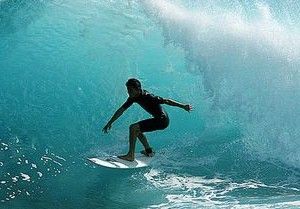 Character in surfing
Character in surfing
Many athletes speak about self-improvement and striving to emulate their idols.
Some admire record-breakers who have conquered giant waves, such as those off the Irish coast , while others are inspired by masters of elegant style and dazzling tricks.
Laird Hamilton says that he works on his weaknesses throughout his life until they disappear and advises others to do the same.
A struggle with an uncontrollable force of nature demands focus and total commitment.
A friend of heroic wave conqueror Sion Milosky recalls that Sion never did anything haphazardly or half-heartedly. “All or nothing, go big or go home!” He meticulously planned every step, thoroughly thought out his actions, and gave his utmost effort in execution. Sion kept his word and upheld strong principles.
Surfing teaches resilience and calculated risks. What’s the point of rushing after a long wait to catch the first beautiful wave? Falling on it could result in all the subsequent waves crashing down on your head.
Another important trait is patience, which is essential not just for beginners.
Improving technique and style requires a long time. Riders use video cameras to make their movements more graceful.
Without a proper system in training, you may find yourself starting from scratch after some time. The best surfers refine their skills for years.
Extreme athletes have developed their own rules for behavior, safety, and equipment requirements. In 2006, The Surfer’s Code was published, written by Shaun Tomson and Patrick Moser, teaching responsibility and principles in this dangerous endeavor.
Life Philosophy
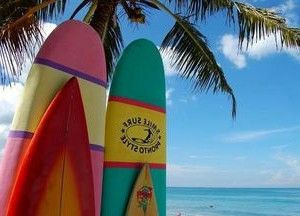 Philosophy of Surfing
Philosophy of Surfing
Surfing changes the way we see everyday life. All surfers are, in a way, philosophers.
Constantly taking risks, they inevitably contemplate the core values of life and their purpose within it.
These are strong-willed individuals who understand what they truly want.
In the book “Life Over the Edge” Greg Noll described himself as a “happy guy” because he “only did what he loved.”
Laird Hamilton believes that passion needs to be found within oneself, without focusing on what others are doing.
Here are a few more life principles from famous surfers .
- Hamilton suggests that our greatest enemy resides in the space between our ears. If we dwell on a thought, we breathe life into it.
- Jerry Lopez shares his principle: before criticizing someone, he puts himself in their shoes and tries to see the world from their perspective.
Surfing teaches us to persevere, to keep moving forward, because there’s always a bigger wave to conquer. Otherwise, you’ll find yourself sliding downward.
Surfing and Longevity
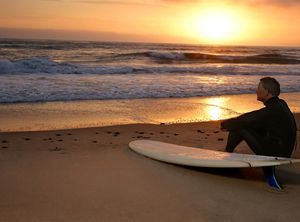 Longevity in Surfing
Longevity in Surfing
It is a common belief that surfing is an activity for the young and healthy.
However, many renowned surfers argue that surfing is for all ages, and it’s people themselves who set their own limitations.
At the age of 50, Laird Hamilton conquered the hurricane-like waves of Teahupo’o. Gary Linden, at 65, took on the formidable “Jaws” in Hawaii—and triumphed.
Renowned Hawaiian athlete Annona Napoleon, who was partially paralyzed in her youth, took up surfing. During a filmed project, she was surfing at the age of 60.
The inspiring stories of veteran athletes who “follow their happiness” and glide gracefully on a surfboard were featured in the documentary surfing film , Surfing for Life.
- Napoleon’s fellow Hawaiian, surfer Woody Brown, set a paragliding height record at age 59, soaring to 3,810 meters above ground. At 88 years old, he began working at a rehabilitation center, and he continued riding waves until the age of 91.
- Californian photographer and surfer John Ball was still skateboarding at age 92.
These long-lived athletes remained true to the principles of surfing: the key is to recognize your potential, achieve more every day, and never give up! The lives of these heroic adventurers continue to inspire people to achieve great feats and instill a belief in humanity’s limitless possibilities!
